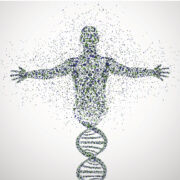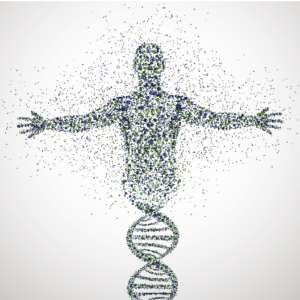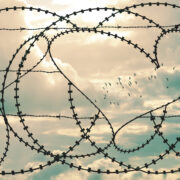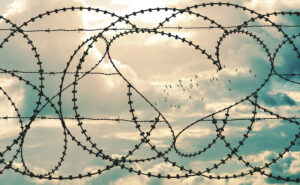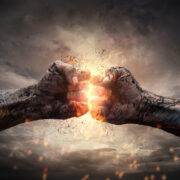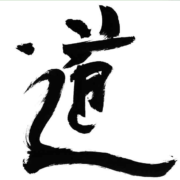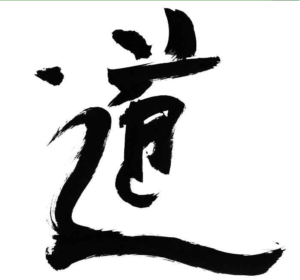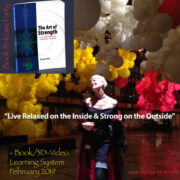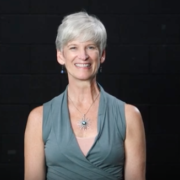BODYLOGOS = The Body’s Divine Wisdom
It is a Practice and a Lifestyle outlined in The Art of Strength: Sculpt the Body ~ Train the Mind

Aflame with Sensations
by Hiie Saumaa – BodyLogos Instructor
“Just thinking about exercising makes me feel tired.” This is how a handsome, stylish, and strong looking man in his late 40s, with an arresting smile and a magnetic personality, answered my question of what he does for exercise. “I run to catch the bus,” he added. I had just stepped out of a joyous dance class where we had moved to jazz, hip hop, pop, and waltz rhythms. The choreography was easy, with plenty of room for free expression and play. There was structure and there was freedom. Just how I like it. My whole body felt invigorated, my muscles were humming with pleasure, and my bones felt relaxed and elongated. I felt sensual and strong, energized and present. I was alive to the vibrant reds, yellows, browns, and greens of the fall trees feeding my eyes outside the window of the small café we were at; I sensed the rhythmic pulse of New Yorkers going about their Sunday business and the enticing smell of cappuccinos in the making. My mind felt fresh and ready to tackle the next writing project. “Why would you not want to feel this alive, this clear-headed, this animated by movement, and this much in love with life,” I wondered, wide-eyed, in response to his answer.
I deferred judgment. There are many ways to feel alive, many ways to be present with the body. We have different needs for movement and exercise at different times in our lives. After more than 15 years of taking dance, fitness, and strength training classes and working as an instructor, movement has become such an integral part of my life that “to exercise or not” is not a question. The question is, sometimes, “when” and “where” and always “how” – how to work with the body with awareness.
But his answer did make me pause. He probably would not join me in the dance class that I had just taken: convincing men to express themselves through free movement in a class full of women merits an article in its own right. But perhaps strength training, lifting weights? In my mind’s eye, I traveled back to the weight room of the gym I had left a few minutes earlier. Grunts, wrinkles on the face, bared teeth, weights slamming to the floor, bulging veins, huffing and puffing, collapsed chests, rounded shoulders. People building tension in the body. As if we are at the gym trying to conquer the weights. To show we can do more. And more. Push harder. Stronger than the metal. Smarter than the dumbbells. Or, perhaps fearing boredom, we surround ourselves with words and images – screens, phones, movies, and magazines. The mind, after all, should not be idle. Especially on the treadmill or in the midst of yet another set of bicep curls. Indeed, just thinking about all of this makes me feel tired too.
“Strength training can be a study in sensation, imagination, and deep connection to the self,” I wanted to tell my attractive acquaintance, as he rushed out, careful not to spill his coffee. We live in sensation but are not very aware of our sensations. Our awareness of sensations heighten during times of romance: your fingertips tracing the contours of your loved one’s skin, her exhale touching your cheek, the weight of her head on your shoulder, the density of her thigh muscles meeting the pressure of your palm, time standing still for the two bodies locked in a tight embrace, the rhythm of her quickened heartbeat clearly felt through layers of fall clothing, yours and hers. We carefully listen to, decode, remember, and luxuriate in physical sensations during these times. Injuries also heighten our sensitivity toward sensation – we feel the pain at the back of our heels for months after Achilles tendonitis and the newly inserted metal aid in the hip after a broken femur disrupts our graceful movement for quite some time.
My friend at the coffee shop was long gone but I wanted to sit down with him and tell him how working with dynabands, the pulley system, weight machines, and free weights can be pleasurable, mindful, and relaxing. I see strength training as a time to cultivate my understanding of the language of the body. I have learned this approach through the technique of BodyLogos, developed by former Broadway dancer and Tao Minister Tammy Wise since 1997.
I imagined that my coffee shop friend was still there, sitting on the other side of the table from me. I imagined that he was willing to take 20 minutes of his time to listen to me. In my imaginary dialogue, I tried to conjure up some scenes from my exercise practice. “Let’s take a simple abdominal crunch, for example. So much to learn about sensation here! As I lie on the back, knees bent, feet flat on the floor, and lift my torso, I try to feel the weight of my head in my hands. This takes practice. Instead of my head leading and my neck pulling, my abdominal muscles take over. Once I allow my head to become a weight that the abdominal muscles carry, I begin to feel how the murmur of my thoughts quiet down. My mind starts to relax. Trusting myself into the care of my own ‘gut’ feels good. I start to hear the distinct voice of these muscles – they quiver and make a sound, like a purr, as they contract. It feels like an awakening of an inner engine. I discover the immense strength of these muscles – I can continue the crunches for a while. But I also discover the immense tenderness of the trembling of these muscles. It feels like witnessing the vulnerability of someone showing themselves fully, being naked, and speaking with honesty and truth. As I stop the exercise and move back into my world outside the gym, I continue sensing these muscles’ presence, their support: they hold me up.”
Or perhaps I could tell him about how I experience a chest press? I continue my imaginary conversation: “I lie on the back again, knees bent, feet flat. My arms are out to the side and I am holding weights in my hands. I lift the chest and extend my arms up and carry them down. This exercise happens in the region of the heart, a powerful area for emotions. Can I take an imaginative leap and picture that I am lifting my heart toward someone or something I love as I am doing this exercise? This ability for the chest to lift and go ‘outward’ is embedded in the English language, in phrases such as ‘my heart goes out to you’ or ‘I sing my heart out.’ As I keep reflecting on this, an image of a particular person emerges in my mind’s eye. I keep holding on to that vision as I feel my heart moving toward him. I realize my heart is asking that I apologize in front of him for being neglectful. After a while, another image occurs – my current writing project. In my imagination, I see that instead of the weights, I am holding in my hands the book I am trying to write. The writing might be in a muddled phase – I still do not see the arc of this book clearly – but underneath it, I know, is my love for writing and what I do. As I lay the dumbbells to rest, in the tingling of my chest muscles, I feel my heart open. I feel more connected to myself but also to my work, the people I love, and the world outside of me.”
I wanted to convince my friend that the dumbbells are not “dumb” – they can teach us how to relate to ourselves and to others more deeply. Strength training does not have to be boring or depleting – it could be a life-long education in sensation and in awakening compassion toward oneself and others.
I had finished my chai and it was time to move on to my next experience of the day. I stepped out of the café. I felt the ground underneath the soles of my feet. I felt my ribcage expand as I inhaled the crispness of the fall weather. I felt the freedom in my throat as I lifted my eyes to marvel at the dramatic interplay of the dark blues, whites, and pinks in the evening sky. I thought back to my charming friend who dislikes exercising so much. “Maybe one day he’ll give it a try.”
Get your copy of The Art of Strength: Sculpt the Body ~ Train the Mind today!
Balboa Publishing
with a 5% gift to Safe Horizons
Amazon






